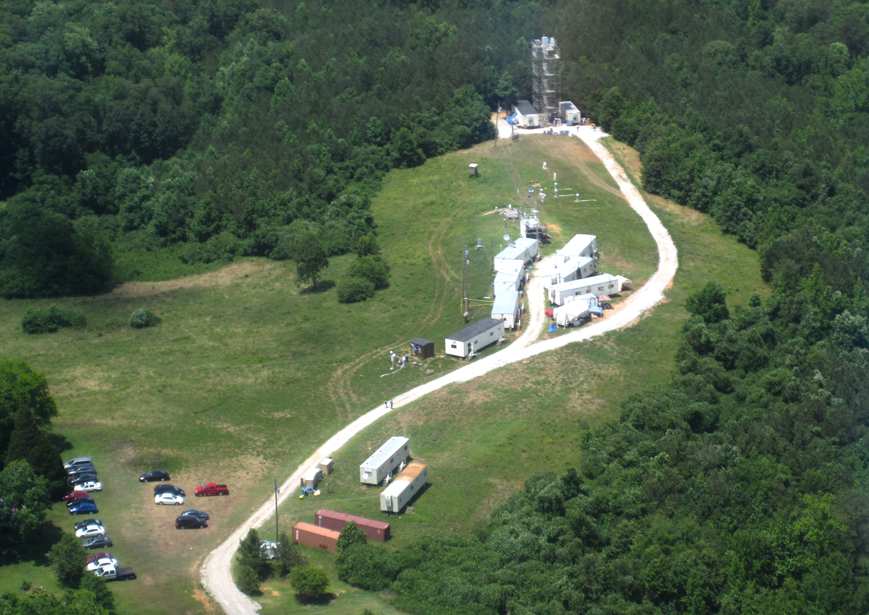In rural Alabama, as in the rest of the country, human-made aerosols reduce visibility. Particles are in the atmosphere year round, but in the humid summer season, the concentration of pollutants—and their effects—peaks. In addition to making the air murky, aerosols are bad for human health. A new study investigates the historical trend of these effects.
Across the nation, emissions of an important aerosol precursor are on the decline: From 1990 to 2010, the country saw a 60% reduction in sulfur dioxide emissions, thanks to the 1990 Clean Air Act Amendments. In Alabama, the past decade brought reductions of nearly 10% per year. Volatile organic compounds (known as VOCs) are the other major contributor to aerosol in the southeastern United States. These predominantly come from biogenic sources and have decreased much more slowly. Overall, total aerosol mass is decreasing, and its relative composition is changing.
With this in mind, Attwood et al. measured aerosol optical extinction as a function of humidity using a spectrometer in an Alabaman forest. Researchers used the site and its climate to represent the southeastern United States. Combining their findings with historical data, they created a picture of how particles that contain less sulfate, an ion that originates from sulfur dioxide, absorb less water. Visibility is improving in the southeastern United States, both because there is less aerosol mass and because the aerosol is becoming less water absorbing.
The calculated improvement in visibility due to decreasing aerosol mass was 3.4% per year during 2001–2013, with changing water absorption accounting for an additional 1.1% per year improvement. This dramatic change has been confirmed using satellite records of aerosol optical depth and visibility records at airports. (Geophysical Research Letters, doi:10.1002/ 2014GL061669, 2014)
—Shannon Palus, Freelance Writer
Citation: Palus, S. (2015), Reduced emissions lead to clearer skies over Alabama, Eos, 96, doi:10.1029/2015EO024521. Published on 20 February 2015.
Text © 2015. The authors. CC BY-NC 3.0
Except where otherwise noted, images are subject to copyright. Any reuse without express permission from the copyright owner is prohibited.

